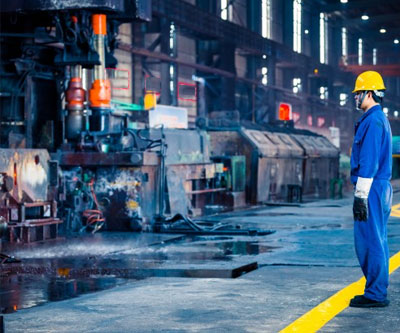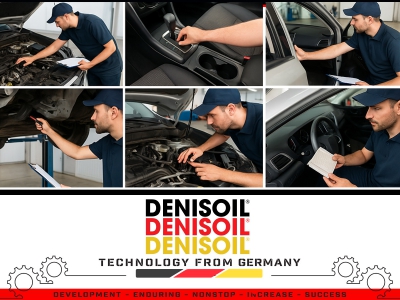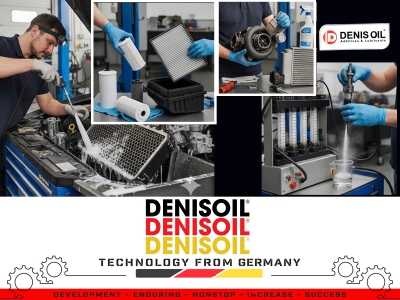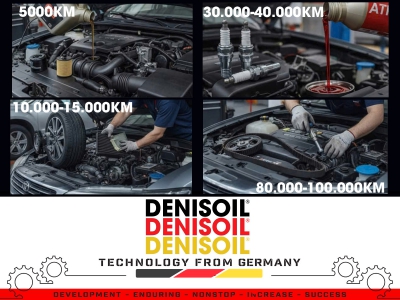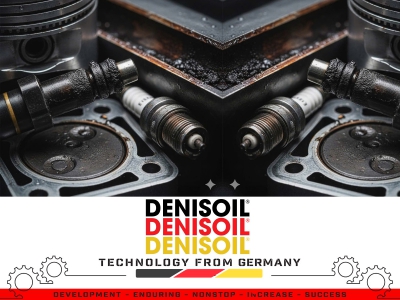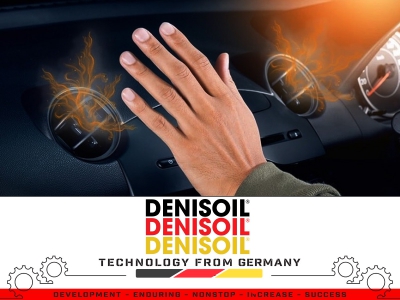Common Issues, Causes of Engine Seizure in Kia Carnival, and Recommended Oil Grades

1. Engine – Transmission System
- Engine oil and transmission oil leaks: commonly occur in high-mileage vehicles due to aged gaskets and seals.
- Automatic transmission shudder/jerk: often happens during gear shifts, mainly caused by dirty transmission fluid or faulty solenoids.
- Diesel engine noise: older diesel versions often suffer from vibration and excessive noise at low speeds.
2. Electrical – Electronic System
- ABS sensors, speed sensors: prone to failure, causing warning lights on the dashboard.
- Power sliding door (high-end trims): weak motor, dirty or jammed sliding rails.
- Infotainment screen, rear-view camera: freezing or blurry images after long-term use, often due to heat or humidity.
3. Cooling – Air Conditioning System
- Radiator or hose leaks: cause overheating, especially on long trips.
- AC evaporator: prone to dust accumulation, unpleasant odor, particularly in vehicles used for passenger services.
4. Suspension – Chassis System
- Low ground clearance: easily scrapes when driving on rough roads or climbing steep ramps.
- Rear shock absorbers: quickly lose firmness when fully loaded, causing body roll.
- Wheel hubs and ball joints: wear faster compared to SUVs or crossovers.
5. Interior – Convenience Features
- Power seats and sunroof: weak motor after long-term use.
- Rear AC vents: often rattle or break.
6. Other Drawbacks
- High fuel consumption: especially with the 3.5L V6 petrol version.
- High replacement part costs: compared to other Kia models.
- Large size: difficult to maneuver in urban environments.
7. Causes of Engine Seizure in Kia Carnival
7.1. Lubrication System (Engine Oil) – Most Common Cause
- Oil filter replacement errors:
- Installing non-genuine/incorrect filters (aftermarket or wrong OE code) → clogged filter → oil pump cannot circulate oil properly → oil pressure drops → crankshaft bearings, pistons, and camshafts run dry → engine seizure.
- Not priming oil into a new filter before installation → engine takes several seconds to restore oil pressure during restart → leads to bearing scratches or seizure.
- Over-tightening filter → damaged threads, cracked gasket → oil pressure loss.
- Under-tightening filter → oil leakage → oil pressure loss → oil warning light on → if ignored, engine seizure occurs.
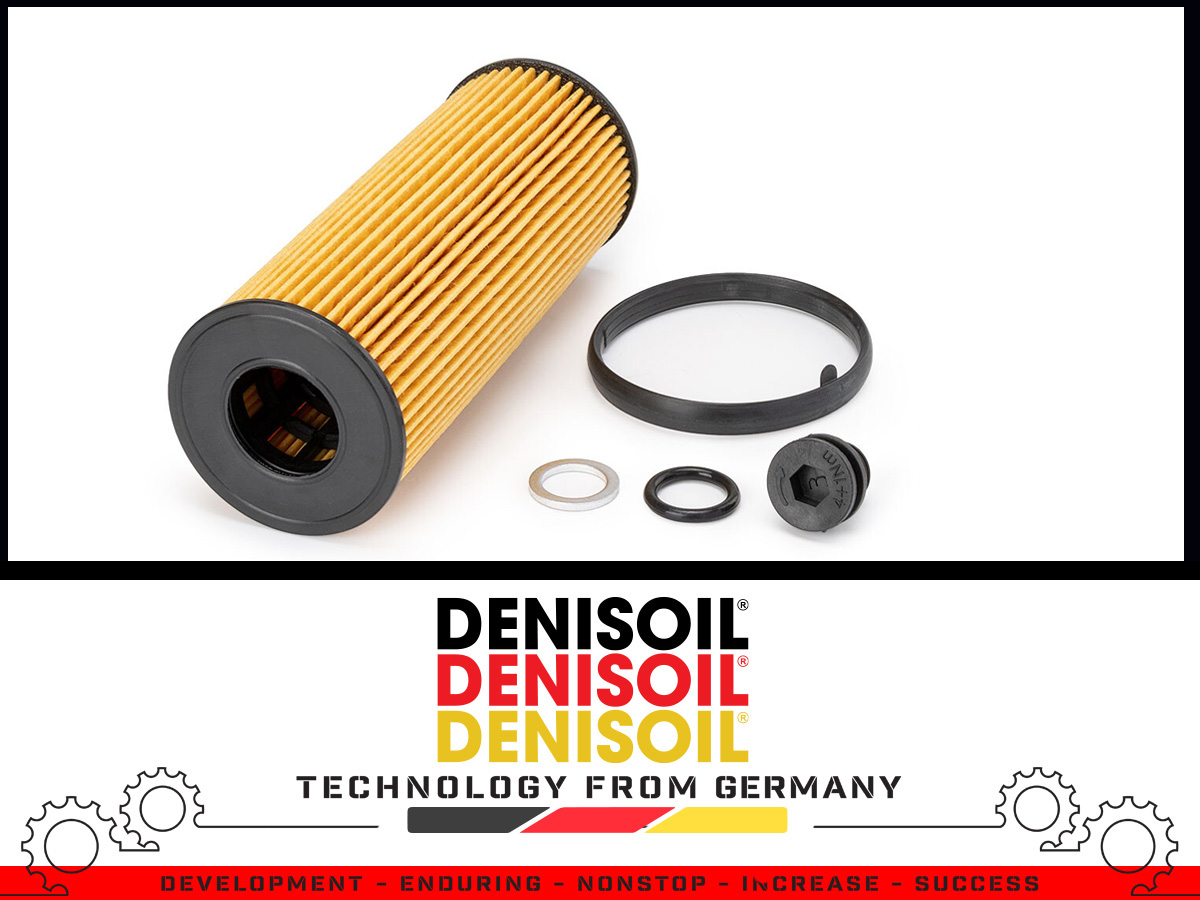
Recommendations:
- Always use genuine oil filters recommended by Kia.
- For diesel engines, pre-fill the filter with oil before installation.
- Check oil warning light after replacement.
- Tighten to correct torque (hand tight + ¾ turn).
- Low engine oil: due to leaks, failure to check dipstick, or underfilling after oil change.
- Lack of regular oil change: oil oxidizes, forming sludge and clogging oil passages.
- Incorrect oil grade (too thick or too thin): film strength insufficient → increased friction.
7.2. Cooling System – Overheating
- Coolant leaks, radiator damage, or water pump failure → overheating, metal expansion → piston seizure.
- Stuck thermostat → coolant circulation blocked, local overheating.
- Cooling fan failure: jammed fan, weak motor, or faulty temperature sensor.
- Old coolant: scale deposits, clogged radiator → poor heat dissipation.
7.3. Fuel System – Abnormal Combustion
- Excessive fuel injection (diesel) → washes away oil film in cylinders, causing lubrication failure.
- Detonation/knocking (petrol) → piston damaged, cracked, or seized.
7.4. Mechanical Causes
- Worn or seized bearings/camshaft/crankshaft: due to poor lubrication.
- Bent connecting rods from hydro-lock: water entering combustion chamber when driving through floods → piston jammed → immediate seizure.
- Assembly errors during repair: incorrect torque application, misinstalled bearings.
7.5. Driver Habits
- Hard acceleration immediately after cold start: oil not yet circulated → bearing scratches.
- Overloading, long uphill driving: causes overheating.
- Ignoring oil pressure or temperature warning lights: leads to severe engine damage.
8. Recommended Oil Grades for Kia Carnival
8.1. Petrol Engines
- SAE Viscosity Grades:
- Most common: 5W-30 (suitable for hot, humid climates such as Vietnam).
- Optional: 0W-30 / 0W-40 (better cold start, improved fuel economy).
- High-mileage engines (>150,000 km): 10W-40 (reduces oil consumption).
- API Standards:
- Minimum: API SL (older models).
- Best: API SM, SN, SP (better catalytic converter protection, deposit control, fuel economy).
8.2. Diesel Engines
- SAE Viscosity Grades:
- Common: 5W-30 or 10W-30.
- Hot climate, heavy load/service use: 10W-40.
- Cold climate: 0W-30.
- API Standards:
- Minimum: API CH-4 / CI-4.
- Newer models (Euro 4–5): API CJ-4, CK-4 (compatible with turbo & DPF).
8.3. Additional Notes
- Always prioritize genuine Kia/Hyundai oils or reputable brands (DENIS OIL, GODIVA, Shell, Castrol, Total, Mobil, Liqui Moly, Idemitsu…).
- Avoid mineral oil SAE 20W-50 for modern Carnival models → may cause sluggish performance and high fuel consumption.
- Oil change intervals:
- Regular use: every 7,000 – 10,000 km (synthetic oil).
- Commercial/service use: every 5,000 – 7,000 km.
9. Final Oil Recommendations
- Carnival Petrol Engines: SAE 5W-30, API SN/SP.
- Carnival Diesel Engines: SAE 5W-30 or 10W-40, API CI-4/CJ-4/CK-4.
 Tiếng Việt
Tiếng Việt
 Chinese
Chinese
 English
English




